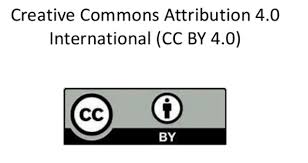Assessment of the quality of raw and cooked beef through laboratory analysis
DOI:
https://doi.org/10.47440/JAFE.2020.1102Keywords:
Beef, raw, cooked, nutritional change, meat quality, Remove BeefAbstract
This study aims to investigate the effect of traditional cooking method on nutritional content of raw beef. In the first part of the study 1 kg of fresh beef was divided into two equal parts and stored at -20°C for 24 hours. Then one sample was cooked properly while another left undisturbed as it was in raw condition. Finally, both the raw and cooked sample were analyzed to determine the proximate components along with their physicochemical, biochemical and microbiological property. The findings of this study demonstrated that every proximate components increased in cooked beef than fresh beef after cooking except moisture (p<0.05). As the other available nutrients become concentrated in the cooked beef subsequently the moisture content was reduced (p<0.01). pH also increased in the cooked beef (p<0.05). Fresh beef pH was 5.37 while the cooked sample had a pH value of 6.08. Cooking loss observed around 41% in average. FFA and POV values also found higher in cooked beef than that of fresh beef (p<0.05, p<0.01). TVC, TCC and TYMC count were lower in cooked beef than that of raw beef (p<0.01, p<0.05). With all these findings, the proposed study demonstrates a standard comparison of nutrient in raw and cooked beef which will make people nutritionally conscious about their daily meat consumption.





 Publisher: Society of Agriculture, Food and Environment | ISSN (Online Version): 2708 - 5694
Publisher: Society of Agriculture, Food and Environment | ISSN (Online Version): 2708 - 5694 